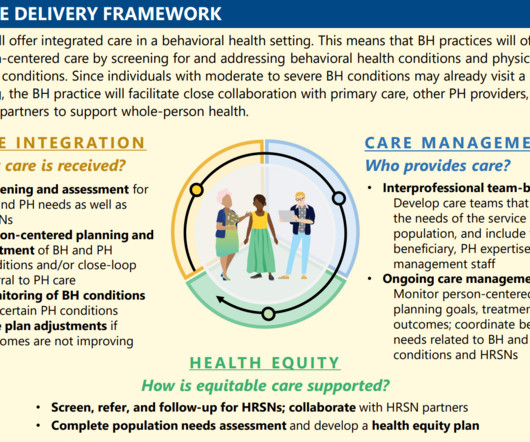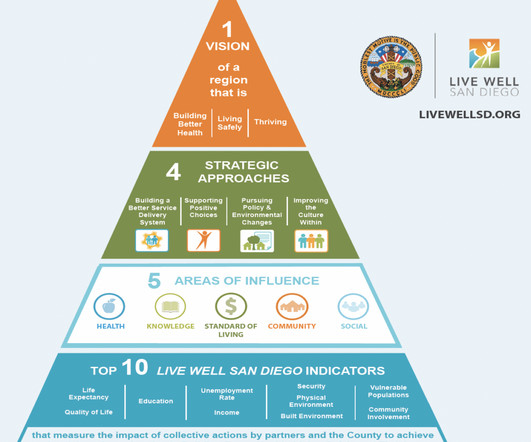National Care Coordination Standards for Children and Youth with Special Health Care Needs (CYSHCN): Proceedings from the National Forum on Care Coordination for CYSHCN
NASHP
OCTOBER 20, 2022
The “National Forum on Advancing High-Quality, Equitable Care Coordination for Children and Youth with Special Health Care Needs” centered on two key topics for improving care coordination systems for CYSHCN: integrated care coordination and the care coordination workforce.












Let's personalize your content